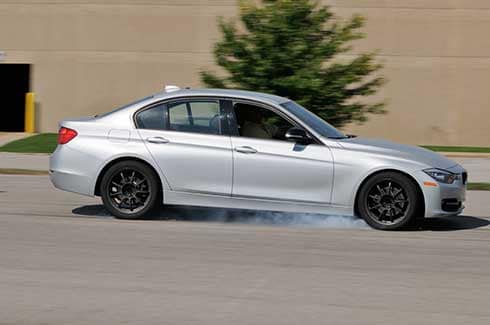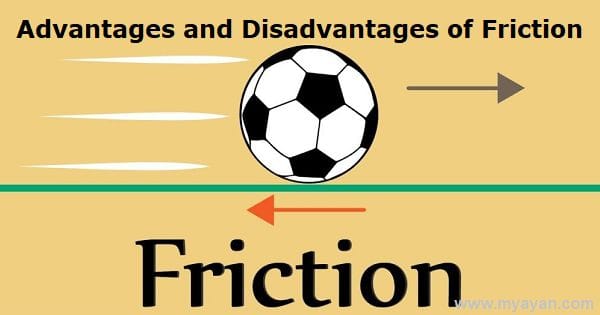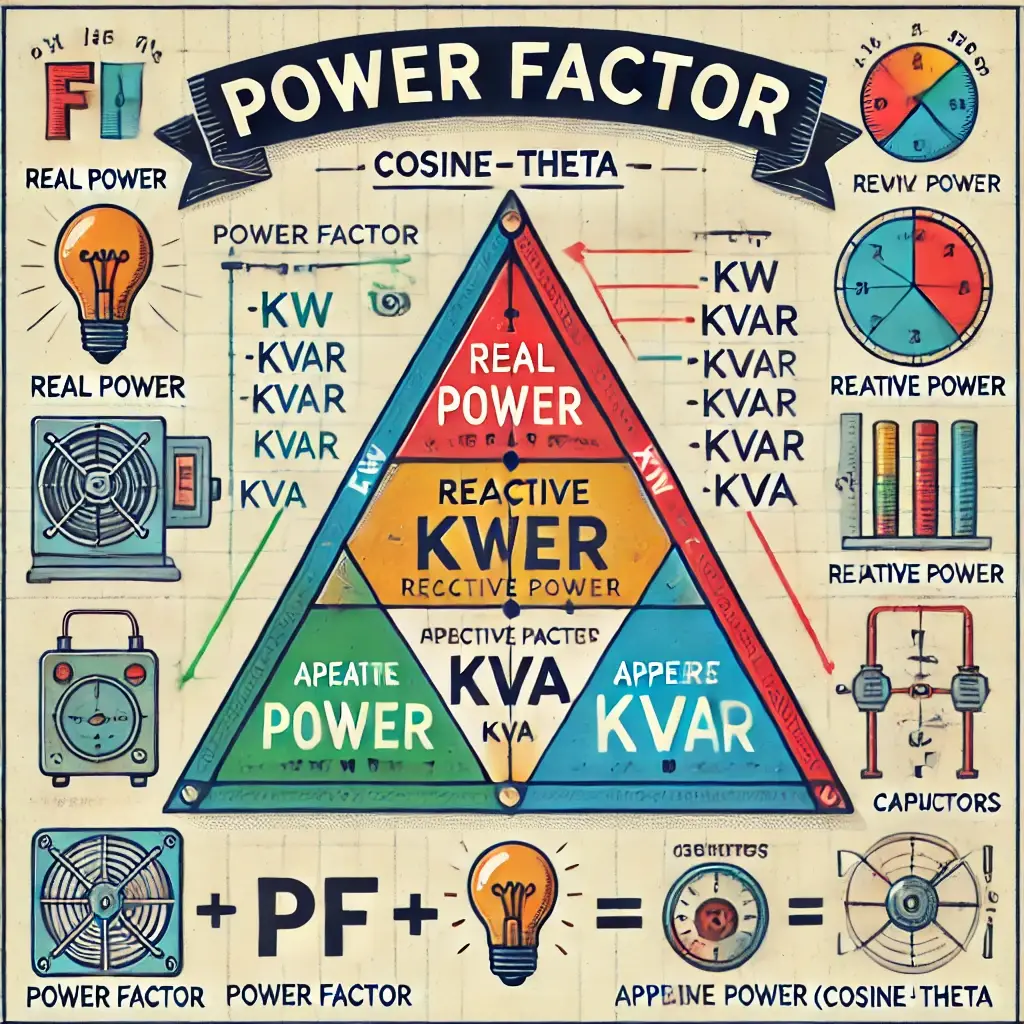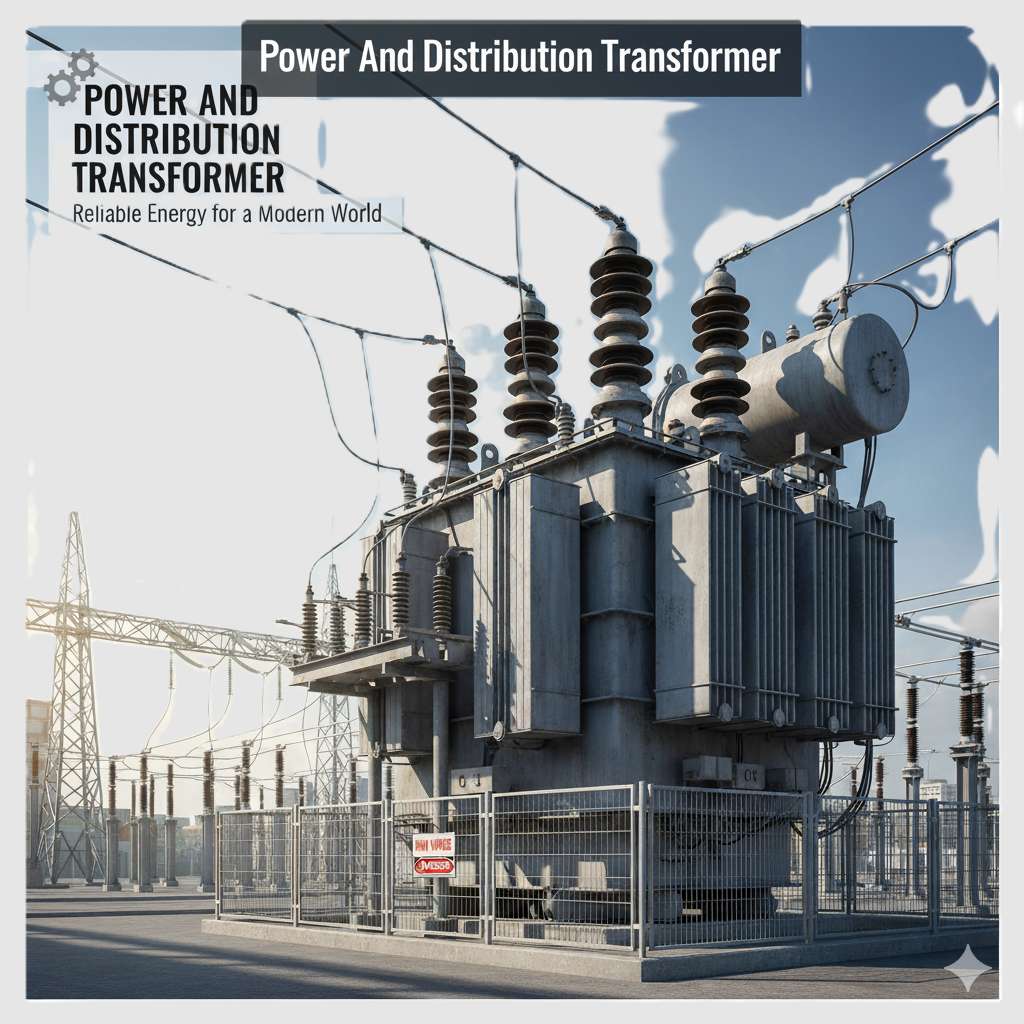Table of Contents
Introduction
Friction is a force that tries to stop things from sliding or moving when they touch each other. It always works in the opposite direction of the push or pull that’s trying to move something. So, if you try to slide a box forward, friction pushes back. It only happens when two surfaces touch, which is why we call it a contact force.
Friction is something we see and feel every day. Sometimes it helps us, and sometimes it causes problems. In this session, we will learn about both the good and bad sides of friction in a very simple way.
Now, let’s look Advantages of friction helps us in our daily life:
What is Friction?
Friction is like a force that stops things from sliding or moving easily. Imagine when you try to push a heavy box across the floor—it doesn’t move quickly because the floor and the box rub against each other. That rubbing force is called friction.
Friction can happen in many ways. Sometimes it helps us, and sometimes it can make things harder.
Good Things About Friction:
- It helps us walk without slipping. Our shoes grip the ground because of friction.
- It lets cars stop when they press the brakes.
- It helps hold things in place so they don’t slide away.
Not-So-Good Things About Friction:
- Sometimes it wastes energy, making it harder to move objects.
- It can make machines slow down because parts rub together.
- It can wear out things, like the soles of shoes or the wheels on a bike.

Advantages of Friction – Explained in Simple Words
Friction is something we feel every day, even if we don’t always notice it. It happens when two things rub against each other. It may sound small, but it helps us in many big ways.
Friction can be increased by making the surfaces rough. Rough surfaces have more tiny bumps and grooves. These little bumps catch on each other and create more grip. This grip is what we call friction.
1. Fixing a nail in wood or wall
When you hammer a nail into wood or a wall, friction holds the nail tightly in place. Without friction, the nail would just slide out and not stay fixed.
2. Climbing mountains or trekking
When someone climbs a mountain, their shoes grip the rocks. This grip is because of friction. Without it, shoes would slip, and climbing would be impossible.
3. Riding a horse
Friction between the rider’s hands and the reins, and between the horse’s hooves and the ground, helps in controlling and riding the horse safely.
4. Walking on any surface
We can walk only because of friction between our feet (or shoes) and the ground. If there’s no friction, like on ice, we slip and fall.

5. Stopping vehicles on roads
When we press the brakes in a car, friction between the tires and the road helps the vehicle stop. It keeps us safe from accidents.
6. Writing on paper
A pencil or pen writes on paper because of friction. Without it, the pen would slide, and nothing would appear on the paper.
7. Holding any object with hands
When you pick up a glass of water or hold a bat, your hand doesn’t let it slip because of friction. It gives you a better grip.
8. Asteroids burning in the sky
When an asteroid enters the Earth’s atmosphere, it rubs against the air. This creates a lot of heat because of friction. The asteroid burns up before hitting Earth, which protects us.
9. Rubbing hands in winter
In cold weather, we rub our hands to feel warm. The rubbing creates heat due to friction, and our hands feel cozy.
10. Eating and drinking
Friction helps us hold spoons, plates, or glasses properly while eating or drinking. Otherwise, they would slip from our hands.
11. Trains running on rails
Trains move forward because of friction between the train wheels and the rails. It gives the train grip and power to move without sliding.
Friction helps us walk
When we walk on the ground, our feet don’t slip because of friction. It gives us grip and keeps us steady. Without it, we would keep sliding and fall.
We can write because of friction
When we use a pencil or chalk to write on paper or a board, it works because of friction. It lets the pencil make a mark. Without friction, the pencil would just slide without leaving any trace.
Friction helps stop vehicles
When we press the brakes of a cycle, car or bus, it stops because of friction between the tires and the road. This keeps us safe.
It creates heat when we rub our hands
On a cold day, when we rub our hands together, they feel warm. That’s because friction makes heat. It’s like a tiny fire without flames.
Friction saves our planet from danger
When asteroids try to enter Earth from space, they rub against the air in our sky. That friction makes them so hot that they burn up before reaching us. This protects our Earth and the people living on it.
So, friction is not just
Disadvantages of Friction
Friction is something we see and feel every day. It helps us walk without slipping and lets cars stop when we press the brakes. But even though friction is helpful, it also has some bad sides.
Let’s understand a few disadvantages of friction in very simple words:
- Friction produces heat
When two things rub against each other, they get hot. For example, if you rub your hands fast, they become warm. In the same way, when machines work, friction makes them hot. This heat can damage the parts of the machine. - Friction wears things out
Over time, friction can slowly damage or wear out things. For example, the soles of our shoes become thin after walking for a long time. This is because of friction with the ground. - Friction slows things down
If we want something to keep moving fast, friction makes it harder. It reduces the speed of moving objects. That’s why we need more force or energy to keep them going. - It wastes energy
Because friction makes heat and slows things down, it causes a lot of energy to get wasted. Machines need more power to work, which means more fuel or electricity is used. - It can cause parts to break
When moving parts in machines rub together again and again, they may break or stop working properly. This means they need repair or replacement.
Effects of Friction
Friction is a force that acts between two surfaces when they rub against each other. It can be useful at times, but it also causes many problems. Here are some of the bad effects of friction explained in a simple and easy way:
1. It causes wear and tear of machines
When machines work, their parts move and rub against each other. Due to friction, these parts get scratched, damaged, or broken over time. This is called wear and tear. Because of this, machines don’t last long and need more repair or replacement.
2. It stops moving objects even if we don’t want them to stop
Sometimes, we want an object to keep moving. But friction slows it down and finally stops it, even when we don’t want that to happen. For example, if you push a toy car, it doesn’t go on forever. It stops after some time because of friction with the floor.
3. It stops vehicles when it is not needed
Vehicles like bicycles, cars, and buses can lose speed due to friction with the road, even when you’re not applying brakes. This can be a problem, especially if you’re going uphill or trying to save fuel.
4. It wears out the soles of shoes
The bottoms of our shoes rub against the ground when we walk or run. This rubbing causes the soles to wear out and get thin or torn. After some time, we have to buy new shoes.
5. It slows down motion
Friction always works in the opposite direction of motion. So, when you try to move something, friction pulls it back. That’s why objects don’t move as fast as they could. It makes everything slower unless more force is used.
6. It wastes energy by turning it into heat
Whenever two surfaces rub, friction makes heat. This heat is not always useful. For example, when parts of a machine get hot, it can damage the machine or reduce how well it works. This extra heat is energy that’s lost, and that means the machine becomes less efficient.
7. It makes us use more power
Because of friction, we need to push harder or use more energy to get things moving. Machines also need more power to work properly. This increases fuel usage or electricity bills.
8. It wears out the tires of vehicles
Tires rub against roads when vehicles move. This rubbing causes the rubber to wear down. Worn-out tires can be dangerous and must be changed often. Friction is the main reason behind this wearing out.

9. It opposes motion
Friction doesn’t allow things to move freely. It always works against motion. So, even if you want something to move easily, friction stands in the way. You must use extra force to overcome it.
10. It wears down stone steps
Places with lots of people, like schools or temples, often have stone stairs. As people walk on them again and again, their feet rub against the stones. Over time, the steps become smooth, thin, or broken. This happens because of continuous friction.
Friction Makes Things Hot
When parts of a machine rub together, they get very hot. This heat is not useful and is just a waste of energy. It can also damage the machine over time.
It Slows Things Down
Friction always tries to stop things from moving. So, we need to use more energy or fuel to keep things going. This means more work and more cost.
It Makes Noise
Many machines make noise because of friction. This noise is not only irritating but also shows that energy is being lost in the form of sound.
It Can Cause Fires in Forests
When dry tree branches rub against each other for a long time, they can catch fire. This is one way forest fires can start.
It Needs Extra Care and Money
To reduce friction in machines, we need to use oil or grease. This costs money. Also, because of friction, parts wear out and need to be fixed or changed.
Fluid Friction
When things move through air, water, or any other liquid or gas, they feel a kind of push that tries to slow them down. This push is called fluid friction.
For example, when a car drives fast or an airplane flies high in the sky, the air around them pushes against their movement. This push from the air is a type of fluid friction. It makes it harder for the car or airplane to keep going fast.
How to Make Friction Stronger
Friction is the force that stops things from slipping or sliding. We can make friction stronger in two easy ways:
- Make the surface rough.
- Make the object heavier.
For example, on a rainy day, the ground becomes slippery. To stop people from slipping, we throw sand on the wet floor. The rough sand helps your feet grip the ground better. So, you don’t slip and fall.
In winter, when snow covers the train tracks, people spread sand on them too. The sand makes the wheels hold on tight to the track. This way, trains can move safely without slipping.
fAQ
Does friction help machines too?
Yes! It helps parts grip and move properly. But too much friction can wear them out, so we sometimes use oil to make them smoother.
I am an Electrical Engineer with qualifications in ITI, Diploma, and B.Tech. I have worked as an ITI college instructor for 3 years and have over 5 years of hands-on experience in the electrical field. The information shared on this website is based on trusted electrical engineering textbooks such as P.S. Bimbhra, B.L. Theraja, V.K. Mehta, and real-world practical experience.



